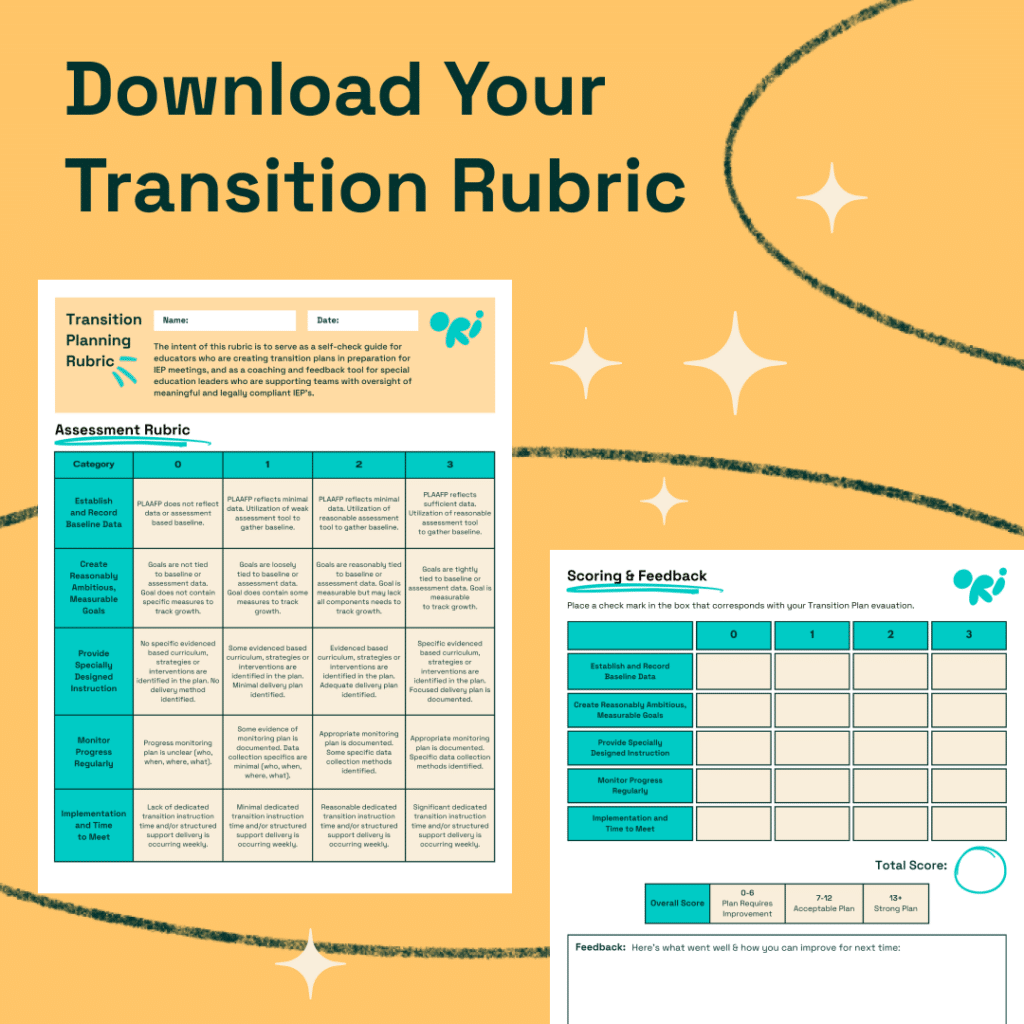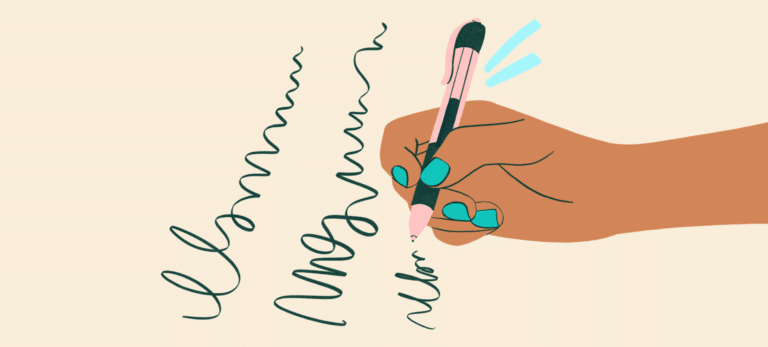Introduction
As a special education teacher, you understand the importance of transition planning for your students with disabilities. Transition lesson plans help prepare your students for the next phase of their lives, whether it be higher education, vocational training, or employment. However, despite the importance of these plans, many special education teachers make common mistakes that can hinder their students’ success. We will discuss seven horrible mistakes you might be making with your special education transition lesson plans and how to avoid them.
1. Not involving the student in the planning process
One of special education teachers’ most common mistakes with transition lesson plans is not involving the student in the planning process. However, your students are the ones who will be impacted the most by the transition, so it is essential to involve them in the planning process. Listen to their goals, interests, and preferences, and use this information to develop a transition plan that meets their unique needs.
2. Focusing only on academic goals
While academic goals are essential, it is crucial to remember that transition planning goes beyond academics. You must focus on developing social, emotional, and independent living skills to help your students succeed in the real world. Therefore, incorporate life skills like cooking, budgeting, and self-advocacy into your transition lesson plans.

Elevate Your Team’s Approach to IEP Meetings
Our Transition Planning Rubric is designed to support district leaders and educators in guiding their teams towards excellence in transition planning. It provides comprehensive criteria that cover the breadth of transition planning, from gauging student engagement to evaluating post-secondary goals and services.Why Use This Rubric?
- Tailored Feedback: Utilize a structured scoring system to evaluate and enhance individual transition plans.
- Fillable Format: Conveniently fill out the rubric digitally or print it for hands-on collaboration.
- Action-Oriented Guidance: Benefit from a clearly defined path towards creating robust and legally compliant IEPs.
Elevate Your Team’s Approach to IEP Meetings
Our Transition Planning Rubric is designed to support district leaders and educators in guiding their teams towards excellence in transition planning.
It provides comprehensive criteria that cover the breadth of transition planning, from gauging student engagement to evaluating post-secondary goals and services.
Why Use This Rubric?
- Tailored Feedback: Utilize a structured scoring system to evaluate and enhance individual transition plans.
- Fillable Format: Conveniently fill out the rubric digitally or print it for hands-on collaboration.
- Action-Oriented Guidance: Benefit from a clearly defined path towards creating robust and legally compliant IEPs.
Expand your team’s capabilities and improve the success of IEP meetings!

3. Ignoring the impact of a student's disability on their transition
Students with disabilities may require additional support and accommodations during the transition process. Ignoring the impact of a student’s disability on their transition can lead to a lack of appropriate support and hinder their success. Consider their specific needs and how you can support them during the transition.
4. Lack of collaboration with отher service providers
Transition planning involves collaboration with other service providers, such as vocational rehabilitation counselors, community agencies, and employers. A lack of cooperation can lead to a lack of resources and support for your students. Make sure to involve all necessary service providers in the planning process.
See what Ori Learning can do for your school or district.
5. Not setting realistic goals
Setting unrealistic goals can lead to frustration and disappointment for you and your students. Instead, make sure to set achievable and realistic goals for your students. Break down larger goals into smaller, manageable steps to help your students feel successful.
6. Failing to monitor progress
Transition planning is an ongoing process that requires monitoring and adjustments. Failing to monitor progress can lead to missed opportunities for growth and development. Set regular check-ins and assessments to evaluate progress and make necessary adjustments to the plan.
7. Forgetting to celebrate successes
Transition planning is an ongoing process that requires monitoring and adjustments. Failing to monitor progress can lead to missed opportunities for growth and development. Set regular check-ins and assessments to evaluate progress and make necessary adjustments to the plan.
Transform your students into active participants in the transition planning process with these 8 proven strategies.

More on transition planning
The most common mistakes include lack of student involvement, focusing too heavily on academics, and insufficient disability accommodations.
A balanced plan should include academic and life skills to prepare students for post-school success. It’s important to tailor these skills to the individual’s future needs and goals, enhancing their ability to live independently or pursue further education.
Regular assessments and feedback allow for timely adjustments to plans, ensuring they meet students’ changing needs. Engaging all stakeholders, including educators, therapists, and family members, in these reviews can lead to more comprehensive and effective updates.
Implementing successful transition plans: Next steps
Successful special education transition lesson plans require careful consideration and active participation from all involved parties. By avoiding common pitfalls, engaging students, and embracing collaboration, educators can craft effective strategies that significantly enhance the transition process for students with disabilities. Lastly, it’s important to celebrate each achievement along the way to foster a positive and supportive learning environment.
Ori Learning’s Transition Curriculum offers a comprehensive solution for supporting your school or district’s special education programs, with a consistent set of high-quality instructional materials which are designed with student engagement in mind. Collaboration boards and interactive polls allow for students to share their thoughts and react to their peers in real time, while multiple question types and interactive drag-and-drop activities offer teachers flexibility in how to conduct assessments.
Request a free demo of our platform to experience first-hand its powerful accommodation and translation features, automated reporting tools, and intuitive design.





